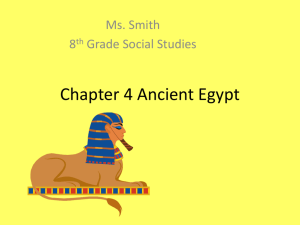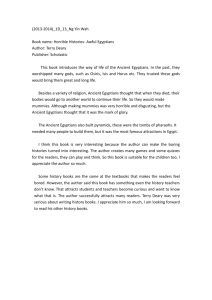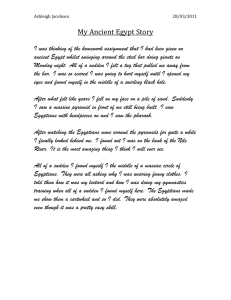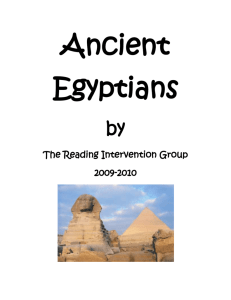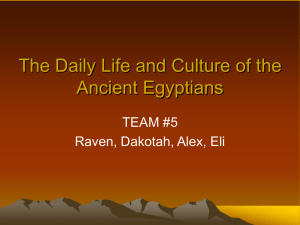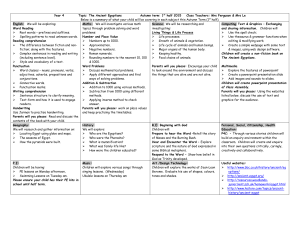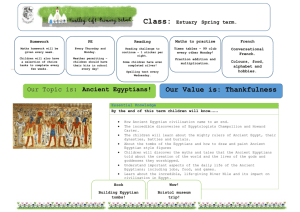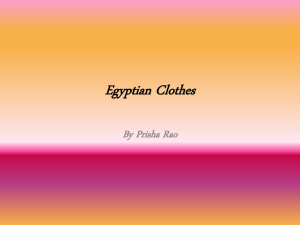Paraphrasing Text During Research Writing Text in your Own Words
advertisement
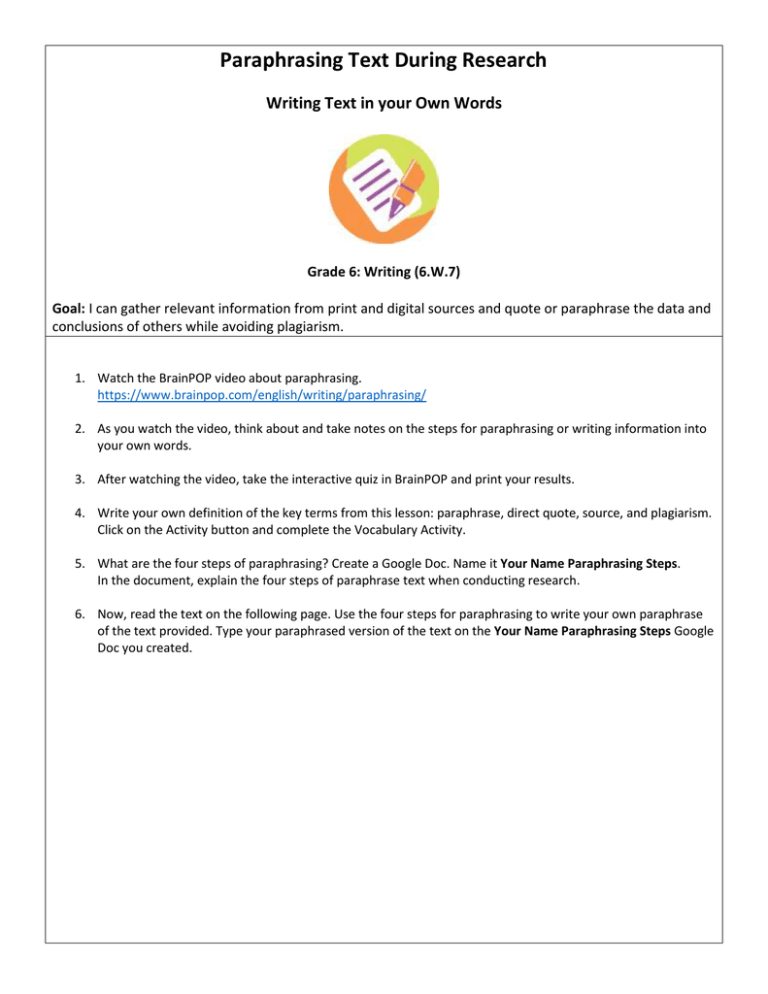
Paraphrasing Text During Research Writing Text in your Own Words Grade 6: Writing (6.W.7) Goal: I can gather relevant information from print and digital sources and quote or paraphrase the data and conclusions of others while avoiding plagiarism. 1. Watch the BrainPOP video about paraphrasing. https://www.brainpop.com/english/writing/paraphrasing/ 2. As you watch the video, think about and take notes on the steps for paraphrasing or writing information into your own words. 3. After watching the video, take the interactive quiz in BrainPOP and print your results. 4. Write your own definition of the key terms from this lesson: paraphrase, direct quote, source, and plagiarism. Click on the Activity button and complete the Vocabulary Activity. 5. What are the four steps of paraphrasing? Create a Google Doc. Name it Your Name Paraphrasing Steps. In the document, explain the four steps of paraphrase text when conducting research. 6. Now, read the text on the following page. Use the four steps for paraphrasing to write your own paraphrase of the text provided. Type your paraphrased version of the text on the Your Name Paraphrasing Steps Google Doc you created. Food, Clothing, and Shelter of Ancient Egyptians Bread was the chief food in the diet of most ancient Egyptians, and beer was the favorite beverage. The bread was made from wheat, and the beer from barley. Many Egyptians also enjoyed a variety of vegetables and fruits, fish, milk, cheese, butter, and meat from ducks and geese. Wealthy Egyptians regularly ate beef, antelope and gazelle meat, and fancy cakes and other baked goods. They drank grape, date, and palm wine. The people ate with their fingers. The Egyptians generally dressed in white linen garments. Women wore robes or tight dresses with shoulder straps. Men wore skirts or robes. The Egyptians often wore colored, shoulder-length headdresses. Rich Egyptians wore wigs, partly for protection against the sun. Wealthy Egyptians also wore sandals made of papyrus or palm leaves. The common people usually went barefoot. Young children rarely wore any clothes. The ancient Egyptians liked to use cosmetics and wear jewelry. Women wore red lip powder, dyed their hair, and painted their fingernails. They outlined their eyes and colored their eyebrows with gray, black, or green paint. Men also outlined their eyes and often wore as much makeup as women. Both sexes used perfume and wore necklaces, rings, and bracelets. Combs, mirrors, and razors were common grooming aids. The Egyptians built their houses with bricks of dried mud. They used trunks of palm trees to support the flat roofs. Many city houses were narrow buildings with three or more floors. Most poor Egyptians lived in oneto three-room huts. The typical middle-class Egyptian lived in a one- or two-story house with several rooms. Many rich Egyptians had houses with as many as 70 rooms. Some of these homes were country estates with orchards, pools, and large gardens. Egyptian houses had small windows placed high in the walls to help keep out the sun. The people spread wet mats on the floors and hung them on the walls and porches to help cool the air inside their houses. On hot nights, they often slept on the roof, where it was cooler. Ancient Egyptian furniture included wooden stools, chairs, beds, and chests. People used pottery to store, cook, and serve food. They cooked food in clay ovens or over fires and used charcoal and wood for fuel. Oil lamps provided lighting. The lamps had flax wicks and burned oil in shallow bowls or hollowed-out stones. Ikram, Salima. "Egypt, Ancient." World Book Student. World Book, 2015. Web. 11 Apr. 2015.
